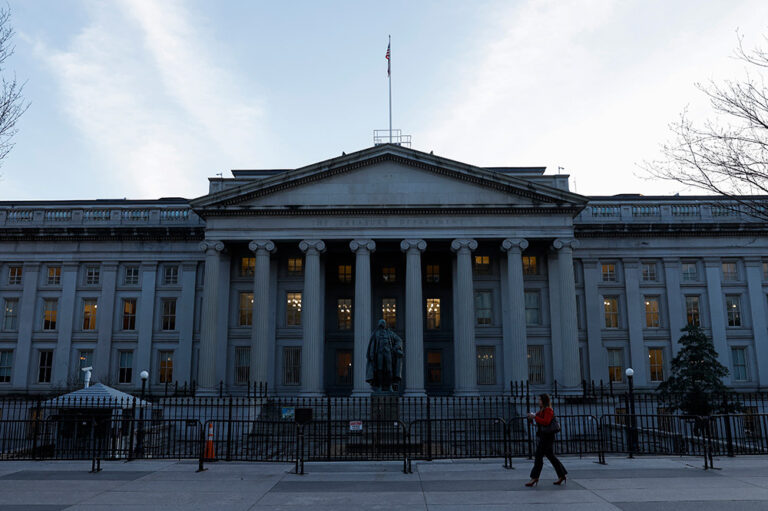A new report from the George W. Bush Institute highlights the economic competitiveness and strength of North America — but warns that fiscal policy in the United States poses a challenge to growth.
Investments in future competitiveness, the report warns, require a “stable and growth-oriented macroeconomic environment. The United States, in particular, must put its long-term fiscal and monetary trajectory on a sustainable course.”
The paper, “Investing in North American Competitiveness,” was released in conjunction with the North American Competitiveness Scorecard, an interactive site that allows users to compare the economic performance of different regions and countries over time.
According to the report:
The U.S. ratio of government debt to GDP is currently 77 percent, a historically high level for the United States, and is projected to climb to 141 percent of GDP in 2046, according to the Congressional Budget Office. The rising debt stems from a long-term structural mismatch between revenues and spending, driven by escalating healthcare costs and retiring Baby Boomers.
Those large and mounting debt burdens will crowd out investment, raise interest rates, and slow economic growth. They will also restrict policymakers’ ability to respond to unexpected challenges such as future economic downturns or financial crises.
The paper and scorecard were developed by a bipartisan panel of scholars and economic experts, and with the help of a grant from the Peterson Foundation. See the scorecard and read the full report at the George W. Bush Institute site.
Image credit: Photo by Scott Olson/Getty Images
Further Reading
The Fed Reduced the Short-Term Rate Again, but Interest Costs Remain High
High interest rates on U.S. Treasury securities increase the federal government’s borrowing costs.
What Types of Securities Does the Treasury Issue?
Let’s take a closer look at a few key characteristics of Treasury borrowing that can affect its budgetary cost.
Quarterly Treasury Refunding Statement: Borrowing Up Year Over Year
Key highlights from the most recent Quarterly Refunding include an increase in anticipated borrowing of $158 billion compared to the same period in the previous year.


